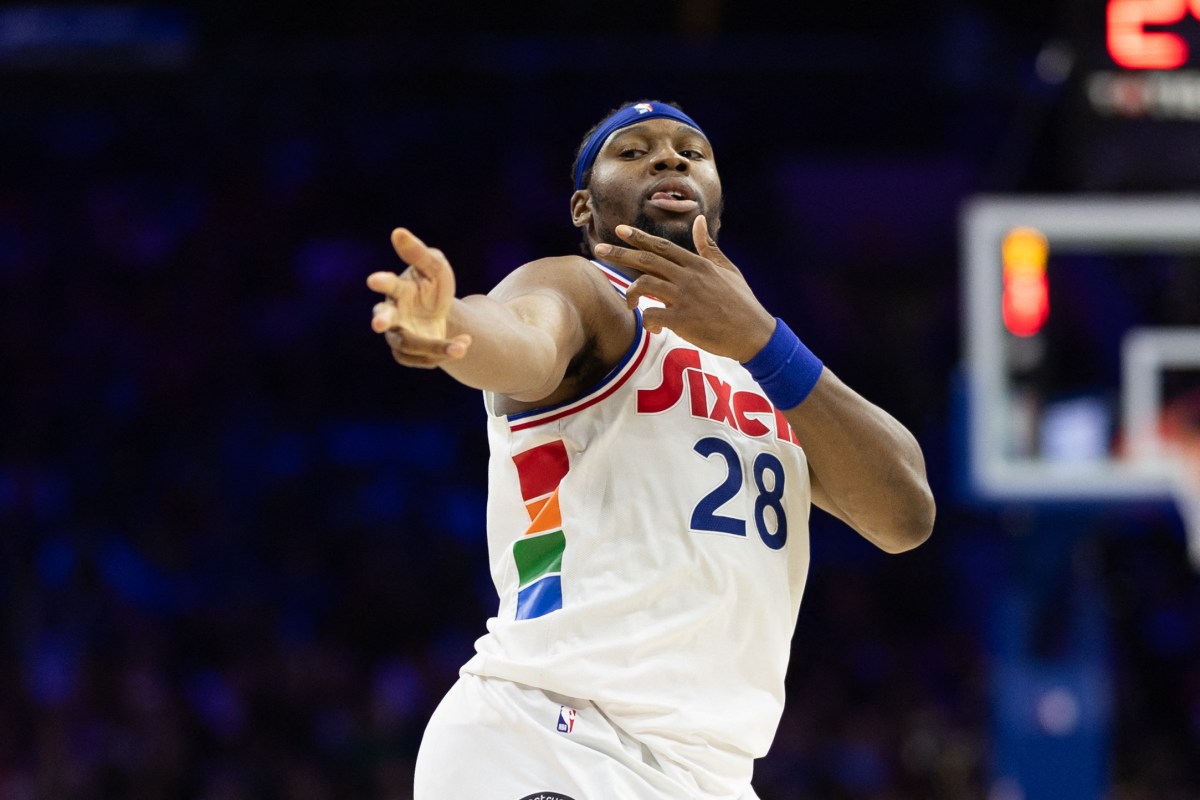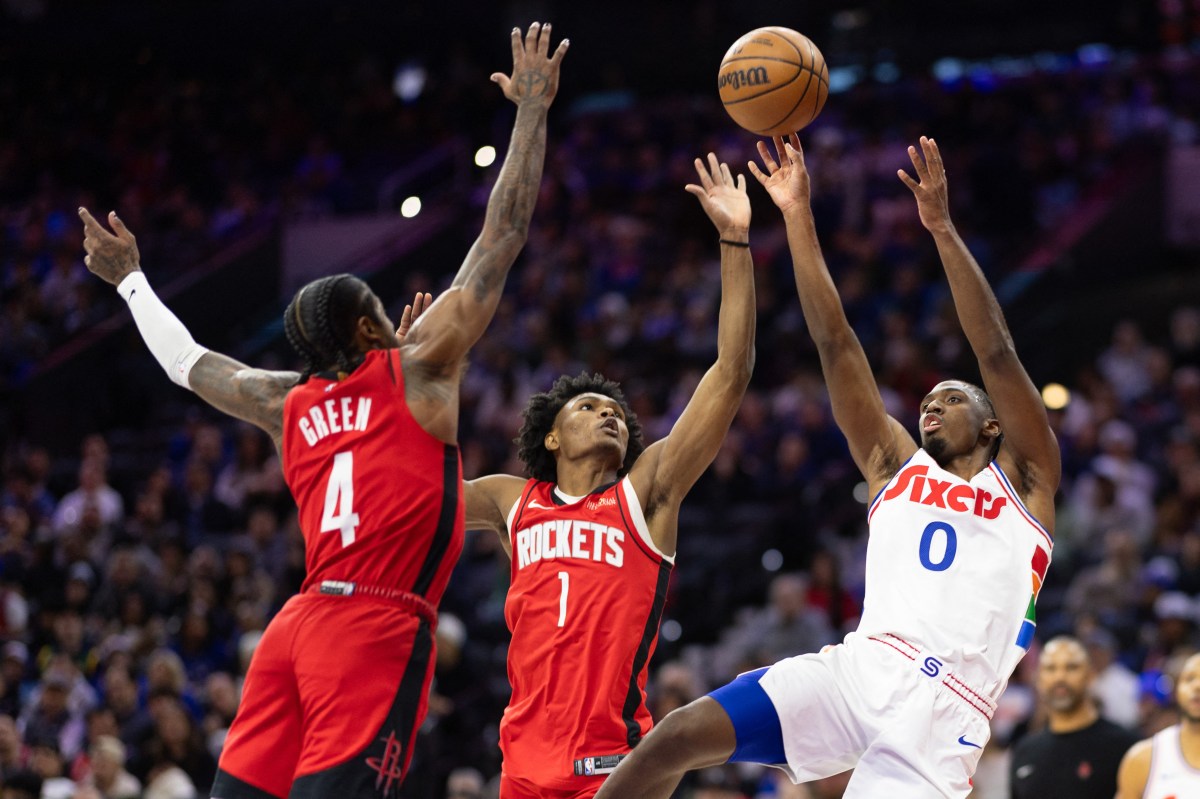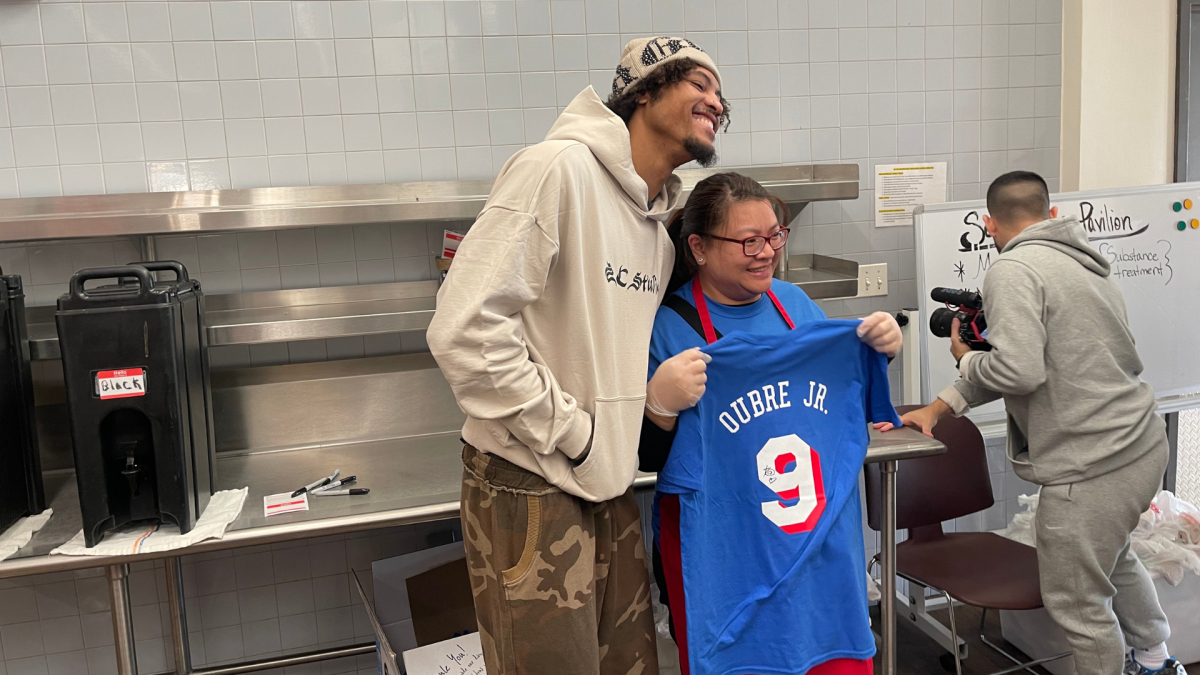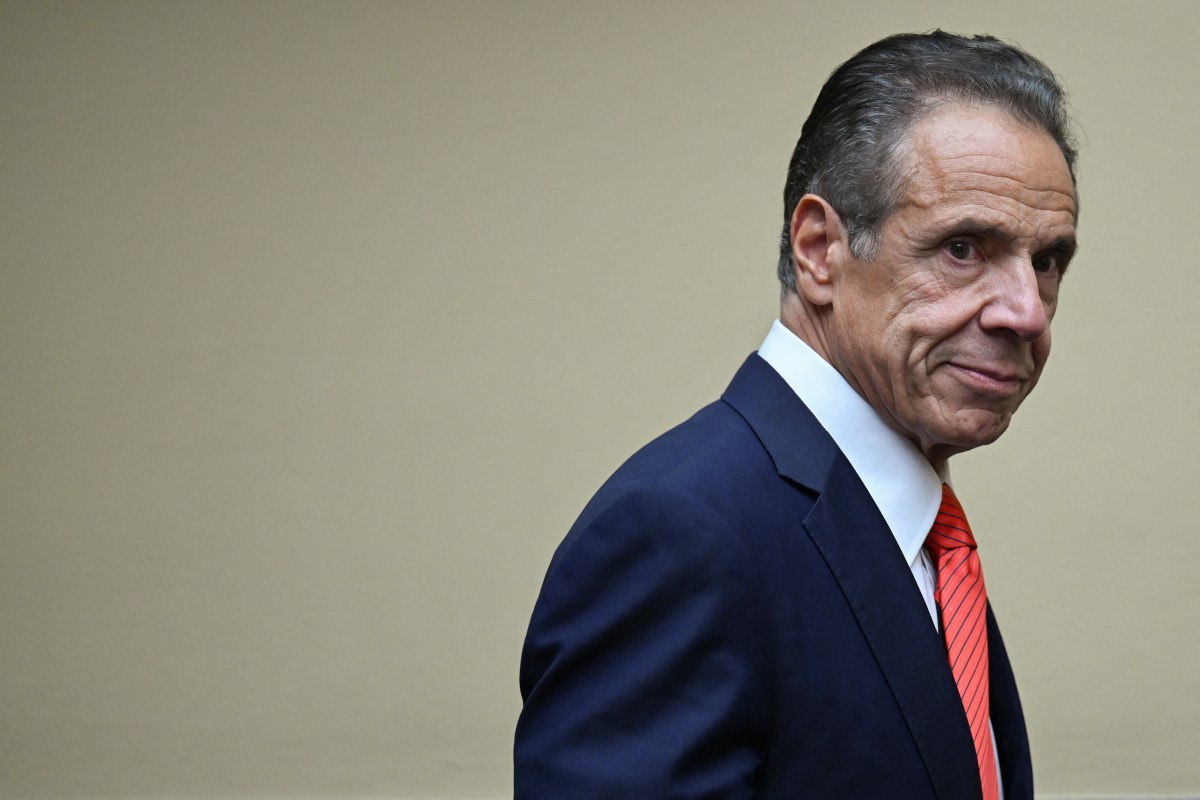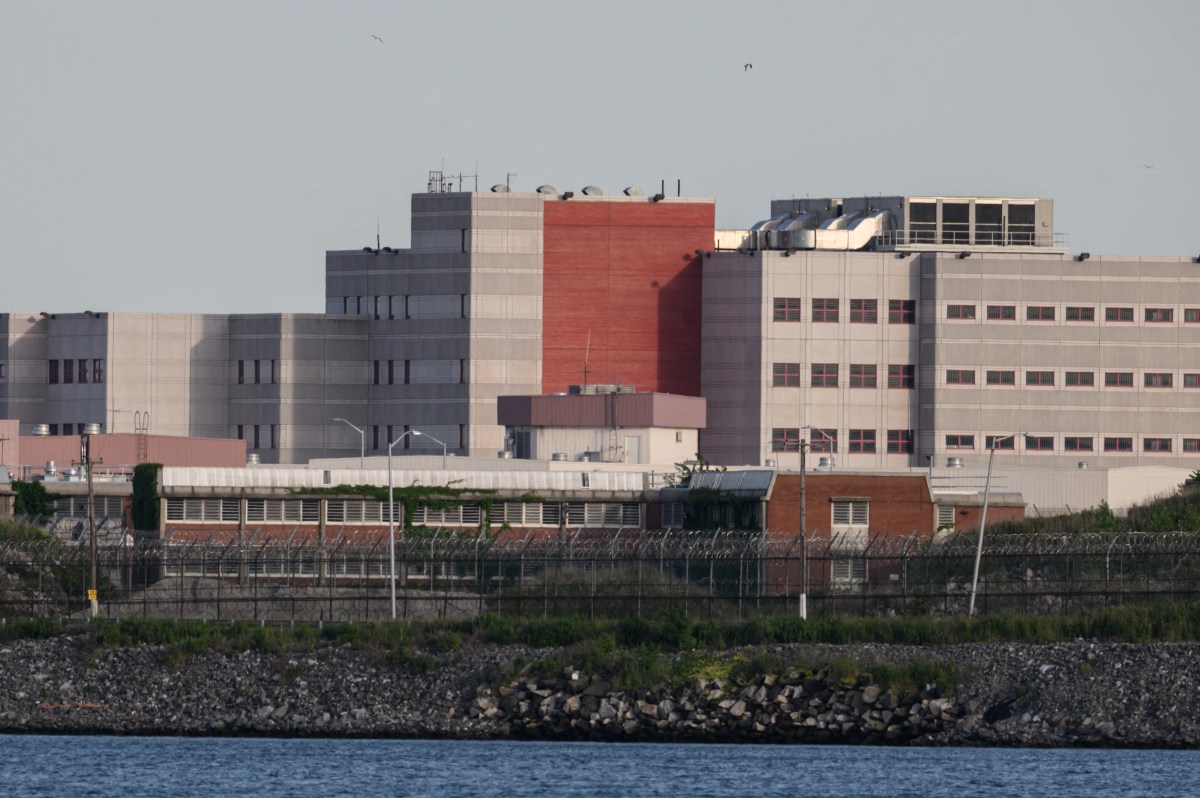LONDON (Reuters) – Risk gauges in financial markets may be askew as they struggle to price a potentially messy end to a truly shocking 2020 while simultaneously assuming clear blue sky on the horizon.
As 2021’s big market calls stream in with some eye-popping forecasts circulating, there’s a sense investors remain too cautious on record high stocks and perhaps too sanguine on government bonds with yields cosseted at less than 1% out to 10 years.
Despite expectations of further Wall St stock gains of 20% or more over the next year or two, equity volatility measures are still much higher relative to the past couple of decades than historically subdued bond market equivalents.
Wall St’s “fear gauge”, the VIX index of 30-day implied volatility in the S&P500, has ebbed from pre-U.S. election highs and is less than a quarter of the raging March peak as the virus exploded. But it’s still some 20% above its mean since 2005 – a period that takes in whirlwinds surrounding this pandemic and the Great Financial Crisis of 2007/08.
The U.S. Treasury bond market’s equivalent index, the MOVE, is by contrast now almost 50% below its mean over the same 15-year period.
The Federal Reserve’s expected suppression of borrowing rates close to likely floor near zero largely explains the bond side of that picture, with post-election government gridlock expected to rein in more extreme fiscal spending speculation.
That said, the confidence is impressive given the Federal Reserve has so far eschewed any formal government yield cap and has stopped short to date of extending the maturity of its bond buying programmes to longer-dated issues.
But if bond markets’ assumption of subdued Treasury volatility going forward proves true, then implied equity caution is even more puzzling – not least given the outsize forecasts being clocked for the S&P500 over the coming year.
Both banking giants JPMorgan and Goldman Sachs now forecast the S&P500 to gain a further 25% at least over the next two years – with JPM seeing that possible by the end of this year.
While a gain of 25% would still be less that 2019’s full-year surge, there have only been 10 other years since 1970 that have managed gains of more than 25%. And next year it will most likely be starting close to record highs.
“AWFULLY MISPRICED”
Citi analysts describe the behaviour of equity and bond market volatility as an “interesting medium-term dynamic” that should rectify gradually as the recovery kicks in next year.
“We view next year as being a positive backdrop for equities with potential for further curve steepening,” they wrote. “Historically, such an environment sees fixed income volatility rise while equity volatility is flat or falls.”
Morgan Stanley concurs on the Treasury side at least and their rationale perhaps squares the circle to some degree.
Forecasting a boom in nominal U.S. gross domestic product growth next year of 7.5% as vaccines kick in, they claim that 10-year Treasury yield of 1% for next 12 months looks “awfully mispriced”.
What’s more, even many of the economists who do expect the Fed to conduct either an explicit or implicit yield cap policy don’t expect it to draw the line until 10-year rates hit 1.50% at least – almost twice where they are at the moment.
Morgan Stanley reckons this bond risk has significant implications for the valuation of “long duration” sectors such as technology stocks so beloved during the pandemic lockdowns. And this is hurrying the sharp rotation we’ve seen this month out of these stocks and into cyclicals and small cap firms.
As vaccine breakthroughs hit the headlines this month, the Russell 2000 capturing the wider universe of smaller U.S. equities has gained almost 20% – twice the rise in the S&P500, far ahead of the 8% gain in the Nasdaq100 and almost four times the narrow grouping of tech leaders of the FANG+TM index.
“The real opportunity next year for investors is likely to take place below the surface in smaller-cap stocks that have greater sensitivity to what is likely to be a very strong economic recovery,” Morgan Stanley conclude.
While the overall equity bull market can continue, it can also contain some violent switches that can make for quite volatile gains. What’s more, expected vaccine rollouts early next year will take time and, until then, there’s still a pandemic, periodic lockdowns and economic damage to negotiate.
That’s also true for bonds and may be keeping some investors in those bunkers for longer, while the assumption of Fed policy support has rarely been disappointed in the past.
But the historically skewed pricing of risk may have to shift once a truer, post-pandemic rebound finally gets underway.
— The author is editor-at-large for finance and markets at Reuters News. Any views expressed here are his own —
(by Mike Dolan, Twitter: @reutersMikeD; editing by David Evans)






